
Eileen Gray was born on the 9th of August, 1878 to Eveleen Pounden and James Maclaren Gray, a wealthy family of south-eastern Ireland. She was the youngest of five children. Eileen’s father was a painter who encouraged his daughter’s artistic interests. He took his daughter on painting tours of Italy and Switzerland which encouraged her independent and somewhat rebellious spirit.
When 22 years old, her father died. She went to a world’s fair in Paris where Art Nouveau was the main style, Gray was a fan of the work of Charles Rennie Mackintosh, whose work was on exhibit. Gray would go on to study art in Paris, at the Académie Julian and Académie Colarossi.
_
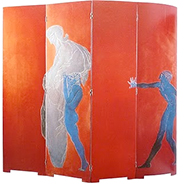
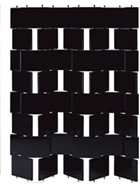 After moving to London, Gray came across a lacquer repair shop in Soho where she asked the shop owner, Mr. D. Charles, to show her the fundamentals of his work. She later returned to Paris and met one of her employer’s former contacts, Seizo Sugawara. He originated from an area of Japan that was known for its decorative lacquer work.
After moving to London, Gray came across a lacquer repair shop in Soho where she asked the shop owner, Mr. D. Charles, to show her the fundamentals of his work. She later returned to Paris and met one of her employer’s former contacts, Seizo Sugawara. He originated from an area of Japan that was known for its decorative lacquer work.
_
Sugawara emigrated to Paris to repair the lacquer work exhibited in L’Exposition Universelle. She found after working with Sugawara for four years that she had developed the lacquer disease on her hands, she persisted though it was not until she was thirty-five when she finally exhibited her work.
Continue reading “Eileen Gray | Slight yet Substantial” →

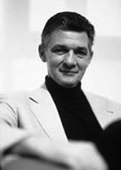 It all started in 1946, Enrico Cappellini opened a small workshop in Carugo, Italy. Since it’s origin, Cappellini has never been boring nor absurd, often with a healthy dose of humor, other times proposing simple, dynamic formal solutions: these are the characteristics that make the Cappellini collection full of vivacious fractures and contradictions. The company has since been taken over by Enrico’s son, Giulio(picture left).
It all started in 1946, Enrico Cappellini opened a small workshop in Carugo, Italy. Since it’s origin, Cappellini has never been boring nor absurd, often with a healthy dose of humor, other times proposing simple, dynamic formal solutions: these are the characteristics that make the Cappellini collection full of vivacious fractures and contradictions. The company has since been taken over by Enrico’s son, Giulio(picture left).
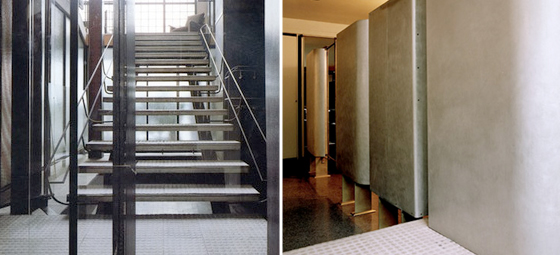


 After moving to London, Gray came across a lacquer repair shop in Soho where she asked the shop owner, Mr. D. Charles, to show her the fundamentals of his work. She later returned to Paris and met one of her employer’s former contacts, Seizo Sugawara. He originated from an area of Japan that was known for its decorative lacquer work.
After moving to London, Gray came across a lacquer repair shop in Soho where she asked the shop owner, Mr. D. Charles, to show her the fundamentals of his work. She later returned to Paris and met one of her employer’s former contacts, Seizo Sugawara. He originated from an area of Japan that was known for its decorative lacquer work.

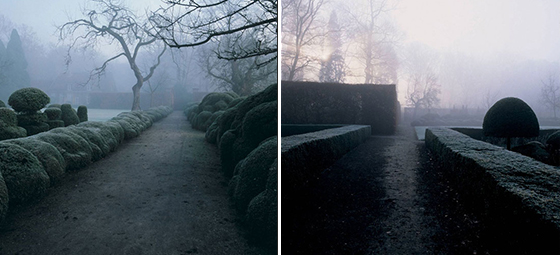

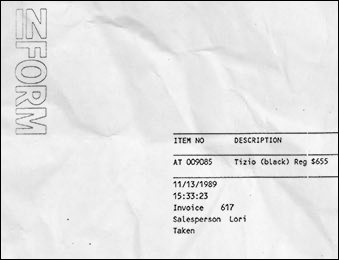 “I do not think we can do that” replied the salesperson.
“I do not think we can do that” replied the salesperson.